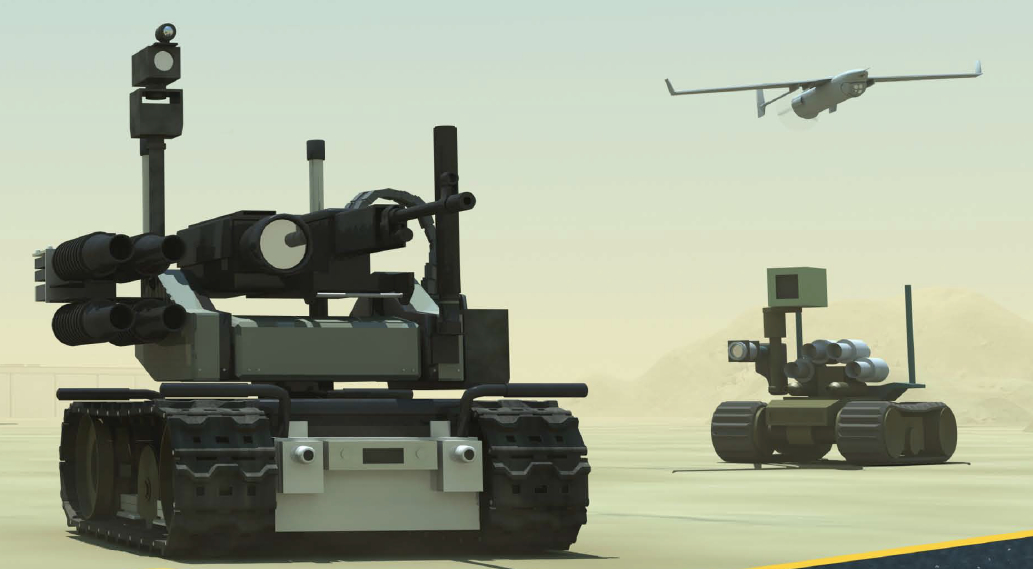TERMINATOR
Par john socrate le vendredi 19 décembre 2014, 18:20 - Lien permanent
killer robots
Obviously, militaries all over the world already deploy systems which operate “on their own“, but these systems are currently confined to defensive functions such as the interception of rockets, artillery fire and mortars, either ship-based or stationary on land. The most prominent ones are PHALANX, PATRIOT, IRON DOME or MANTIS (see also Human Rights Watch 2012) designed for use against such inanimate targets, if necessary, without human intervention (the rationale being that there may not be enough time for human intervention). However, these defensive systems operate automatically rather than autonomously, simply performing repeated pre-programmed actions.

To distinguish them from these precursors, weapons systems are described as autonomous if they operate without human control or supervision, perhaps over a longer period of time, in dynamic, unstructured, open environments. In other words, these are mobile (assault) weapons platforms which are equipped with on-board sensors and decision-making algorithms, enabling them to guide themselves. As they could potentially have the autonomous capability to identify, track and attack humans or living targets, they are known as “lethal autonomous robots“ (LARS) or, to use CCW’s current terminology, “lethal autonomous weapons systems“ (LAWS). Of course, one might just call them Killer Robots for short instead – because that is essentially what they are.
next see : CIWS